Meta analysis of clinical efficacy of combination of traditional Chinese and western medicine in the treatment of venous ulcer of lower extremities
Shi-Meng Yan, Xiao-Ming Hu, Qiang Han, Chen-Yan Shi, Ling Wang, Guo-Bin Liu
Shuguang Hospital Affiliated to Shanghai University of Traditional Chinese Medicine
Keywords:
ABSTRACT
1. Introduction
Venous leg ulcers, VLU) are the most advanced manifestation of chronic venous insufficiency [1]. "Chronic ulcer of lower limbs" in western medicine belongs to the category of "ecthyma" in traditional Chinese medicine [2,3]. Siltation ulcer, also known as varicose ulcer, is the most common type, often occurring in lower limbs, accounting for 50% to 80% of all ulcers [4]. VLU may be caused by venous obstruction, venous reflux or both [5]. Inflammatory mechanism, microcirculation vascular permeability, macromolecular infiltration into stroma and migration of macrophages and monocytes are important causes of skin ulcer [6]. In western countries, the incidence rate of adult females is 25%-30% of the total population, that of males is 10%-40%, that of global venous ulcer is 2.6% for females and 1.9% for males [7]. Due to chronic pain, depression, frequent outpatient follow-up, hospitalization, inability to work and other factors, not only have a significant impact on the quality of life of patients, but also become a public medical problem in the whole society.
At present, the treatment of venous ulcer of lower limbs mainly includes compression therapy related to hydrocolloids, hydrogels and seaweed salt dressings, foam hardening therapy, laser ablation, electrical stimulation therapy, and the use of Una boots, etc [1]. However, the problems of venous thrombosis, phlebitis and high recurrence rate caused by the above treatment have been perplexing clinicians. The combination of traditional Chinese medicine and western medicine in the treatment of venous ulcer of lower limbs is also common in clinical application, but there is a lack of highquality clinical trials with strict design, large sample size, random control and double blind. In this paper, a randomized controlled trial of integrated traditional Chinese and western medicine in the treatment of venous ulcer of lower limbs is evaluated through Meta analysis, providing effective basis for clinical treatment.
2. Research methods
2.1 Criteria for Inclusion and Exclusion of Documents
2.111 Inclusion criteria
(1) Subjects: Venous ulcer of lower limbs, Western medicine diagnostic criteria [2]: Referring to "Theory and Practice of Prevention and Treatment of Chronic Refractory Wounds": Venous ulcer of lower limbs, CEAP is graded 6. Diagnostic criteria of traditional Chinese medicine [8]: refer to the diagnosis and treatment plan of traditional Chinese medicine for ecthyma: ecthyma-dampheat stasis syndrome. (2) Research type: Based on randomized controlled trials. (3) Control measures: the treatment group was treated with integrated traditional Chinese and western medicine, while the control group was treated with simple western medicine. (4) Outcome indicators: refer to "Comprehensive Evaluation of Relevant Indicators and Efficacy Criteria for Treatment of Venous Ulcer of Lower Limbs [9]" and "Diagnostic and Therapeutic Criteria for TCM Diseases and Symptoms in state administration of traditional chinese medicine [10]". Ineffective: wound surface shrinks < 1/4; Improvement: 1/4≤Wound Shrinkage < 3/4; Remarkable effect: 3/4≤wound reduction < 1; Healing: The wound is completely healed. Effective rate = (recovery+marked effect+improvement)/total number of cases×100%.
2.1.2 Exclusion Criteria
(1) There is no clear explanation of the research type; (2) Unable to extract valid outcome data from the literature; (3) Literature duplication; (4) Unable to obtain the full text; (5) the sample size is too small; (6) Other types of ulcers other than lower limbs; (7) Animal experiments and other non-clinical research documents.
2.2 Data extraction is based on the needs of Meta-analysis
Two searchers are required to select documents and extract data according to the criteria for inclusion and exclusion of documents. If there are differences of opinion, they need to discuss together. If there are still different opinions, the third searcher shall decide whether to include or not. Data extraction includes: first author, publication time, intervention measures, basic conditions of observation objects, diagnostic criteria, sample size of experimental group and control group, effective rate and other related indicators.
2.3 Retrieval Methods and Literature Quality Evaluation
2.3.1 The key words of literature retrieval are:"Venous ulcer of lower limbs", "Venous ulcer of lower limbs", "Varicose ulcer of lower limbs", "Chronic ulcer of lower limbs", "Refractory ulcer of lower limbs", "Leg ulcer", "Skin ulcer of lower limbs", "Trousers ulcer", "Ectopic ulcer" and "Old rotten leg"; Intervention measures: "integration of traditional Chinese and western medicine", "integration of traditional Chinese and western medicine therapy"; Experimental methods: random control experiment, random control, random and RCT were used for retrieval. Using computer to search the domestic databases for nearly 20 years (January 1999-December 2019): CNKI, VIP, Wanfang, CBM.
2.3.2 The quality evaluation of literature refers to the relevant research guidelines of evidence-based medicine, and Cochrane software is used for literature bias risk assessment [11]. A total of 6 indexes are used for testing: random sequence generation (selection bias), allocation concealment (selection bias), blindness (performance bias and detection bias), incomplete result data (loss bias), selective reporting (reporting bias), and other bias sources. Evaluation criteria: 5 or more are low bias risks; Article 3-4 is the risk of medium bias. The following three are high bias risks.
2.4 Statistical Analysis
The selection of therapeutic effect indicators is based on Metaanalysis, which mainly focuses on continuous variables and binary variables. Therefore, statistical analysis is made on the effective rate of each inter-group study: recovery, effectiveness, marked effect, collectively called effectiveness; The rest are invalid. Heterogeneity tests were carried out on the included literatures and I2 values were used for evaluation (the critical values of low, medium and high heterogeneity were 25.0%, 50.0% and 75.0%, respectively) [12]. If the studies are homogeneous, the fixed effect model is adopted, otherwise the random effect model is adopted. When P≤0.05, it indicates that the combined statistics among multiple studies have statistical significance. When p > 0.05, the statistics are not statistically significant [13]. The study count data are expressed by response risk ratio (RR) and its 95% confidence interval, while the measurement data are expressed by standardized mean difference (SMD) and its 95% confidence interval. Cochrane systematic evaluation analyzed and evaluated the risk of literature bias.
3. Results
3.1 Literature Retrieval
In this study, 295 related documents were retrieved from 4 Chinese databases. Through the screening of repeated documents, 257 articles were obtained. Secondly, 246 articles were obtained by excluding literatures such as reviews, systematic evaluations, reviews and animal experiments. After reading the abstract, 19 documents were obtained by excluding documents with inconsistent research contents or inconsistent intervention measures. After browsing the full text, 17 articles were obtained by excluding non-RCT, loose design experiments or inconsistent test methods. Excluding literatures with inconsistent outcome indicators, 11 [14-24] literatures were finally included for Meta-analysis.
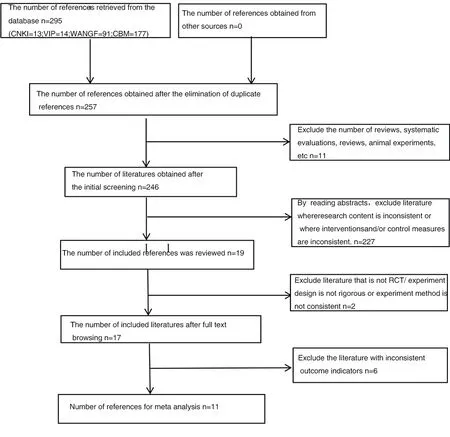
Fig.1 is a schematic diagram of the document incorporation process
3.2 The basic features of the incorporated documents
A total of 1576 patients with venous ulcer of lower limbs were included in this Meta-analysis, 804 patients in the treatment group and 772 patients in the control group. Among them, the control group is treated by western medicine only, and the treatment group is treated by combination of traditional Chinese and western medicine. the main types are internal or external use of traditional Chinese medicine, 3 of which are internal use of traditional Chinese medicine (accounting for 27.2%) and 8 of which are external use of traditional Chinese medicine (accounting for 72.7%). there is no significant difference between the treatment group and the control group in the number of samples, age, sex and duration of disease (p > 0.05). In addition, the effectiveness evaluation between each group is basically the same. The basic situation can be seen in Table 1, and the clinical efficacy study can be seen in Table 2.
3.3 Methodological Evaluation of Incorporating Literature
From the schematic diagram of methodological quality evaluation of documents (Fig.2), it can be clearly seen that all 11 documents have reached 4, which is a moderate bias risk, and the quality of documents is relatively high. However, because this article is based on the combination of traditional Chinese and western medicine, it is difficult to use blind method in clinical experiments. Fig.2 is a schematic diagram of methodological quality evaluation of this research document, in which "+"indicates that it has reached the standard and "-"indicates that it has not reached the standard. Fig.3 is a chart showing the proportion of methodological quality assessment in this research document.
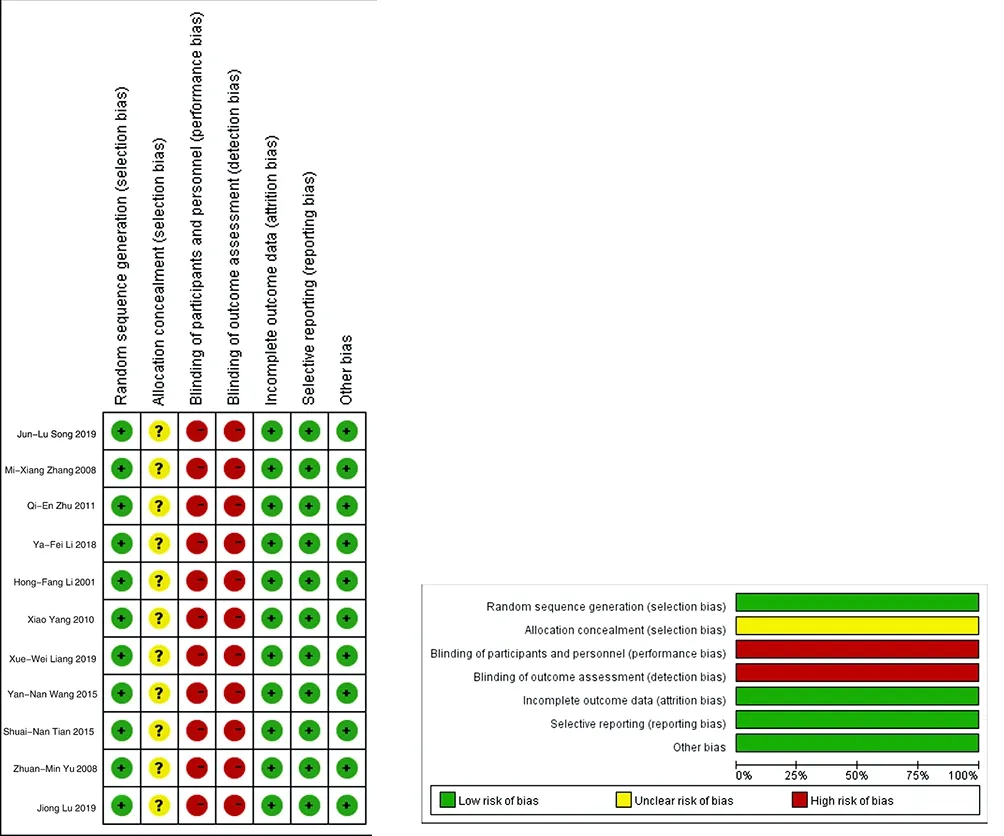
Figure 2 Schematic Diagram of Methodological Quality Assessment of the Research Literature(left) Figure 3 Figure of Various Proportion of Methodological Quality Assessment of the Research Literature(right)
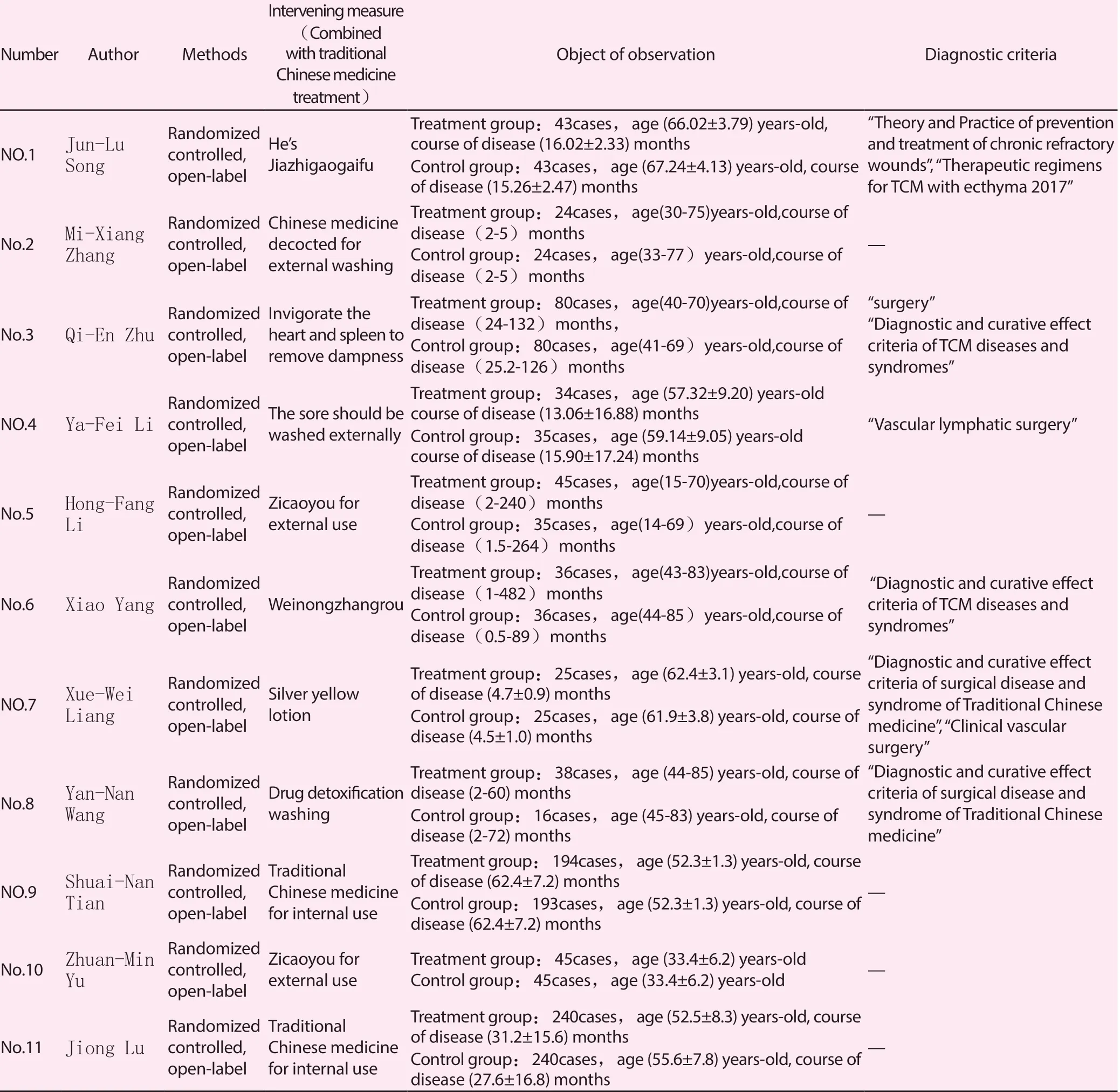
Table 1 includes the basic information in the literature

Table 2 Clinical Efficacy Study
3.4 Meta Analysis Results
3.4.1 heterogeneity test 11 documents were included in this Metaanalysis, and χ2=13.38, P=0.20, I2 = 25% < 50%, q test p = 0.20 > 0.05 were obtained through heterogeneity test by RevMan 5.3 software, suggesting that heterogeneity among documents included in this meta-analysis has no statistical significance, so fixed effect model can be selected, otherwise random effect model can be selected.
3.4.2 two groups of effective meta-analysis in this meta-analysis of 11 documents, a total of 1576 patients with venous ulcer of lower limbs, the treatment group and the control group were 804 cases (accounting for 51.0%) and 772 cases (accounting for 49.0%), respectively. the combined effect RR(95% CI) was 1.12 [1.09, 1.15], Z =7.38, p < 0.05, suggesting that the study difference was statistically significant, indicating that the treatment group was significantly better than the control group, and the curative effect of integrated traditional Chinese and western medicine on venous ulcer of lower limbs was more accurate. The forest map is shown in Figure 4.
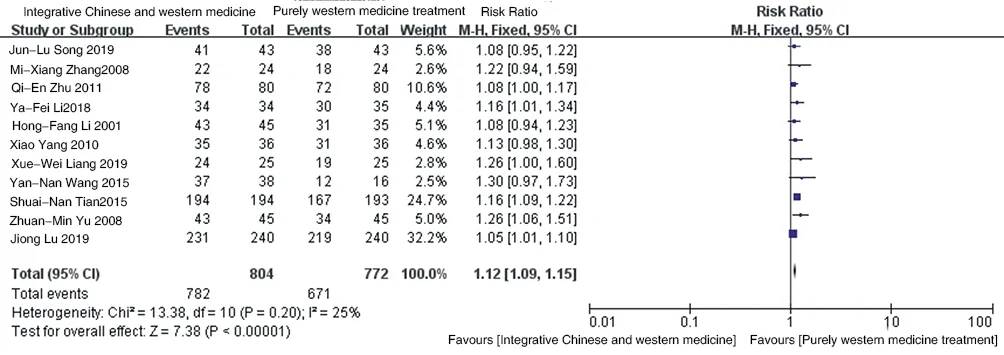
Fig.4 forest map comparing the effective rates of treatment group and control group
3.4.3 Bias analysis Meta-analysis is a kind of systematic evaluation, which is essentially an observational study summarizing the results of high-quality literature. Bias may occur in every step in the process of Meta-analysis, especially publicationbias. Whether there is publication bias is checked by drawing "inverted funnel diagram". Meta-analysis includes more than 10 articles, so bias test can be used [25]. It can be clearly seen from Fig.5 that the funnel plot is symmetrical, and there is no obvious publication bias among the studies. "inverted funnel diagram" is shown in Fig.5.
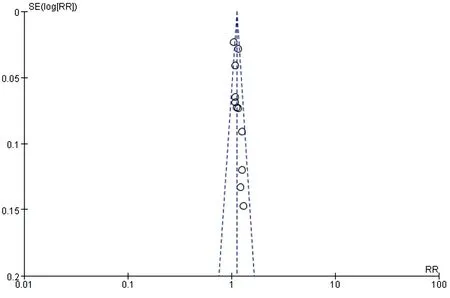
Figure 5 Total Effective Rate Publication Bias "Inverted Funnel Chart"
4. Discussion
Venous ulcer of lower limbs has the characteristics of long cycle, difficult healing and easy repetition. The main causes of formation are continuous increase of venous pressure of lower limbs, poor venous reflux and poor metabolism of the body, thus causing skin nutrition disturbance changes. The common causes are skin dryness, dandruff, skin pigmentation, subcutaneous nodules, capillary dilatation, etc., thus further inducing eczema, skin collapsibility caused by continuous scratching or trauma, and prolonged healing [26]. The objective of clinical treatment of venous ulcer of lower limbs is to eliminate the influence of continuous venous hypertension and promote wound healing. Standardized treatment includes continuous compression therapy, reduction of edema and pain, improvement of skin condition and prevention of recurrence. At present, traditional high ligation and stripping of great saphenous vein, intracavitary thermal ablation and foam sclerotherapy are mainly used to treat venous ulcer of lower limbs[27]. Traditional surgical treatment has many incisions and great damage. Intracavitary laser thermal ablation [28] or foam sclerotherapy [29] are prone to relapse. This time, a total of 11 articles on integrated traditional Chinese and western medicine treatment, 3 articles on oral administration of traditional Chinese medicine and 8 articles on external application of traditional Chinese medicine were included. Through analysis and combination, it can be concluded that the effective rate of integrated traditional Chinese and western medicine treatment group is far higher than that of simple western medicine treatment.
Meta-analysis improves the test validity of related studies by summarizing the high-quality research results of predecessors. However, in practice, there are often problems such as inconsistent inclusion and exclusion criteria, small sample size, incomplete description of lesion degree, imprecise experimental scheme and design, etc., which may lead to publication bias. The combination of Chinese and western medicine can effectively make up for the deficiency of pure western medicine or traditional Chinese medicine. The number of literatures included in this study is relatively small, and the overall quality of literatures needs to be improved, so double-blind trial cannot be adopted. However, in the process of literature retrieval and research data extraction, the retrieval personnel operate in strict accordance with the search criteria. The data are complete and authentic, and the statistical method is accurate, which provides the basis for the research of clinical original data of evidence-based medicine. Accurately demonstrating the clinical efficacy and medication safety of integrated traditional Chinese and western medicine in the treatment of venous ulcer of lower limbs requires collecting a large number of clinical samples, improving experimental design, adopting scientific testing methods, and screening out high-quality randomized double-blind controlled trial documents by rigorous systematic evaluation, and further confirmation by prospective studies.
In conclusion, the clinical effect of integrated traditional Chinese and western medicine on venous ulcer of lower limbs is obviously better than that of simple western medicine. Furthermore, clinical treatment mostly uses integrated traditional Chinese and western medicine. Beside, The combination of traditional Chinese and western medicine treatment at the same time, observe the interaction between drugs, reduce adverse reactions, ensure the effectiveness and safety in the process of medication.
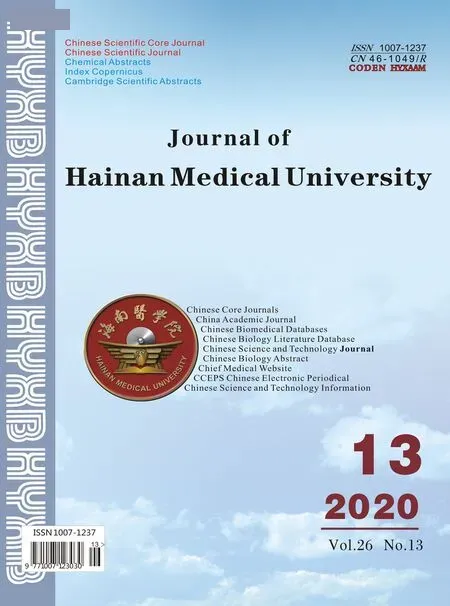 Journal of Hainan Medical College2020年13期
Journal of Hainan Medical College2020年13期
- Journal of Hainan Medical College的其它文章
- Effects of lumbar sagittal balance remodeling on natural absorption after lumbar disc herniation
- Network pharmacology of threatened abortion treated by ShouTaiWan
- Characteristic changes of intestinal flora and its correlation with clinical indexes in patients with Behcet's disease based on TCM syndromes
- The analysis of acupoint selection rules for acupuncture treating functional constipation
- Effect of high flux hemodialysis on renal anemia and soluble transferrin receptor in hemodialysis patients
- The correlation between different ABO blood group gene loci and the pathogenesis and prognosis of acute myocardial infarction
